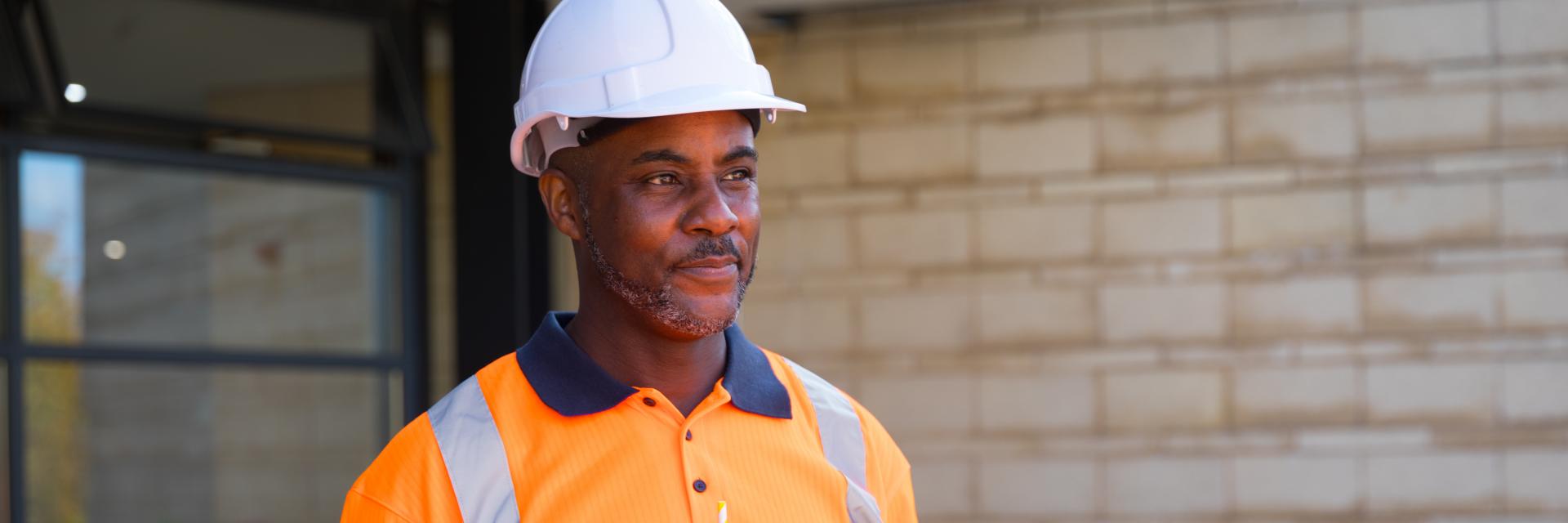We’re always looking for ways to keep everyone safe from harm at work. In this session, Claire Forshaw discusses situations where occupational hygiene can be used for rail projects, its benefits, and some real-world examples.
You may also be interested in:

Health and wellbeing data dashboard
Research analysts and health & wellbeing specialists showcase the new dashboard designed to help the rail industry and rail organisations to measure employee wellbeing – with data insights and discussion.

A healthy worker is a safer worker
Dame Carol Black advised the government on the relationship between work and health for ten years. This session draws on her wealth of experience to discuss the importance of health and wellbeing in relation to worker safety on Britain’s railway.

BACK-on-LINE (TM): Digital technology to help rail workers better manage their back pain in work
Back pain is a common issue among rail workers, with as much as 69% experiencing it every month. Currently, access to effective help is limited to hospitals with long waiting lists and requires therapist involvement. Dr Sheeran has developed a new work-based intervention called BACK-on-LINE (TM).
